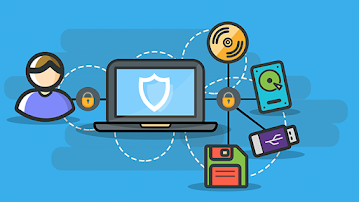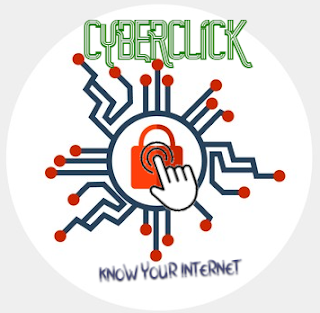Spam and Phishing
Malicious Email
A malicious email can look just like it comes from a financial institution, an e-commerce site, a government agency or any other service or business.
It often urges you to act quickly, because your account has been compromised, your order cannot be fulfilled or there is another urgent matter to address.
If you are unsure whether an email request is legitimate, try to verify it with these steps:
- Contact the company directly – using information provided on an account statement on the company’s official website or on the back of a credit card.
- Search for the company online – but not with information provided in the email.
Spam
Spam is the electronic equivalent of junk mail. The term refers to unsolicited, bulk – and often unwanted – email. Here are ways to reduce spam:
- Enable filters on your email programs: Most internet service providers (ISPs) and email providers offer spam filters; however, depending on the level you set, you may end up blocking emails you want. It’s a good idea to occasionally check your junk folder to ensure the filters are working properly.
- Report spam: Most email clients offer ways to mark an email as spam or report instances of spam. Reporting spam will also help to prevent the messages from being directly delivered to your inbox.
- Own your online presence: Consider hiding your email address from online profiles and social networking sites or only allowing certain people to view your personal information.
Phishing
Spam, phishing and other scams aren’t limited to just email. They’re also prevalent on social networking sites. The same rules apply on social networks: When in doubt, throw it out. This rule applies to links in online ads, status updates, tweets and other posts. Here are ways to report spam and phishing on major social networks:
- Reporting spam and phishing on Facebook
- Reporting spam on Twitter
- Reporting spam and phishing on YouTube
Tips for Avoiding Being a Victim
- Don’t reveal personal or financial information in an email, and do not respond to email solicitations for this information. This includes following links sent in email.
- Before sending or entering sensitive information online, check the security of the website.
- Pay attention to the website’s URL. Malicious websites may look identical to a legitimate site, but the URL may use a variation in spelling or a different domain.
- If you are unsure whether an email request is legitimate, try to verify it by contacting the company directly. Contact the company using information provided on an account statement, not information provided in an email. Check out the Anti-Phishing Working Group (APWG) to learn about known phishing attacks and/or report phishing.
- Keep a clean machine. Keep all software on internet-connected devices – including PCs, smartphones and tablets – up to date to reduce risk of infection from malware.
Protect Yourself With These Tips
- When in doubt, throw it out: Links in email, tweets, posts and online advertising are often how cybercriminals try to compromise your information. If it looks suspicious, even if you know the source, it’s best to delete or – if appropriate – mark it as junk.
- Think before you act: Be wary of communications that implores you to act immediately, offers something that sounds too good to be true or asks for personal information.
- Make your passphrase a sentence: A strong passphrase is a sentence that is at least 12 characters long. Focus on positive sentences or phrases that you like to think about and are easy to remember (for example, “I love country music.”). On many sites, you can even use spaces!
- Unique account, unique passphrase: Having separate passphrases for every account helps to thwart cybercriminals. At a minimum, separate your work and personal accounts and make sure that your critical accounts have the strongest passphrases.
- Lock down your login: Fortify your online accounts by enabling the strongest authentication tools available, such as biometrics, security keys or a unique one-time code through an app on your mobile device. Your usernames and passphrases are not enough to protect key accounts like email, banking and social media.




Comments
Post a Comment